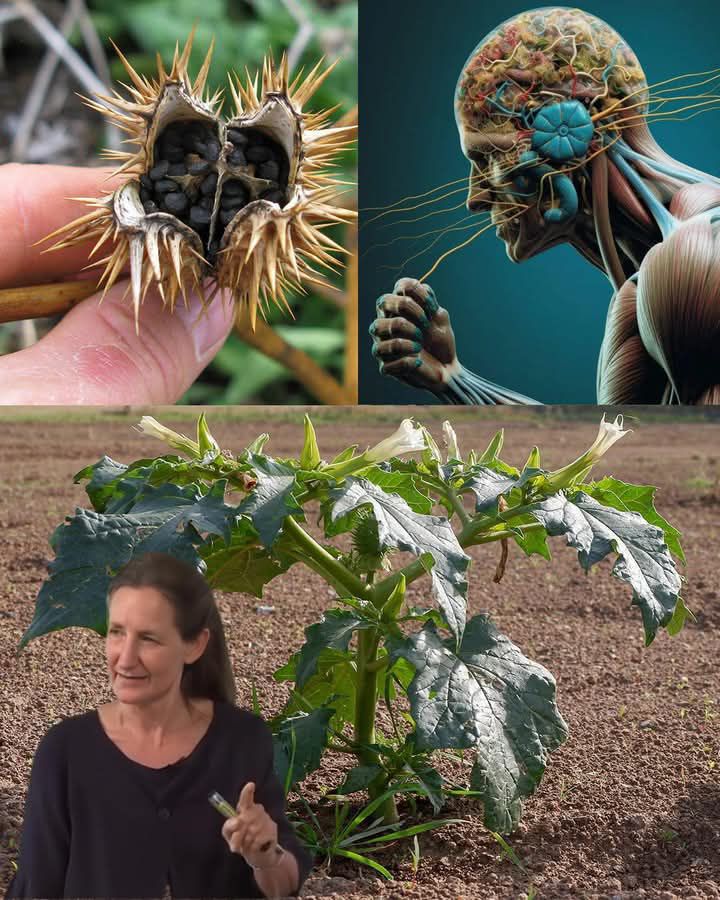ADVERTISEMENT
## The History and Uses of Giant Hogweed
Though giant hogweed is dangerous today, it has not always been viewed as a threat. Historically, the plant has been used in **traditional medicine** and **horticulture** for its striking appearance.
### Traditional Use in Medicine
In the past, giant hogweed was used in **folk medicine** for a variety of ailments, though its toxic properties were not well understood. The plant was believed to have medicinal qualities, particularly in relation to its **antibacterial** and **anti-inflammatory** properties. However, it was also known to cause skin irritation, so its use was often accompanied by warnings to handle it with care.
### Use in Gardens and Horticulture
Giant hogweed was introduced into gardens and parks for its **aesthetic appeal**. The plant’s towering presence and large clusters of flowers made it a popular choice for ornamental gardens, especially in the 19th and early 20th centuries. However, as its dangerous properties became more widely known, many gardeners began to avoid planting it, and its use in landscaping has diminished.
—
## How to Safely Handle and Remove Giant Hogweed
If you suspect that you have giant hogweed growing on your property or in your community, it is important to take the necessary precautions to ensure your safety and the safety of others.
### 1. **Avoid Contact**
If you come across a plant that appears to be giant hogweed, **do not touch it** with bare skin. Always wear **protective clothing**, including long sleeves, pants, gloves, and eye protection, especially if you plan to remove the plant.
### 2. **Call Local Authorities**
In many regions, giant hogweed is classified as an **invasive species**, and there are specific guidelines for its removal. Contact local authorities or environmental organizations for advice on safely handling and disposing of the plant.
### 3. **Use Caution When Removing**
When removing giant hogweed, always use **tools** (such as shears or a spade) to cut the plant, and be sure to wear protective gloves. Avoid crushing or bruising the plant, as this can release sap into the environment. If you’re removing the plant from a public area, consider notifying others to stay clear of the site.
### 4. **Proper Disposal**
Giant hogweed should be disposed of in a **sealed plastic bag** or taken to a designated **hazardous waste facility**. Do not burn the plant, as the smoke can carry toxic particles.
—
## Conclusion: Appreciating the Beauty, Understanding the Danger
While giant hogweed may be captivating in its appearance, it is essential to respect its dangerous properties. Its stunning height and beautiful white flowers can deceive even the most seasoned gardener or nature enthusiast, but the risks it poses to human health should never be underestimated.
By understanding the dangers associated with giant hogweed, we can take steps to protect ourselves and others from its toxic effects. Awareness
is key—both for safe interaction with this plant and for its control in the environment. While we can’t remove the plant entirely from the landscape, with careful management and respect for its dangerous nature, we can keep its growth in check.
Stay informed, stay cautious, and continue to enjoy the beauty of nature—just make sure you know which plants are safe to touch.
